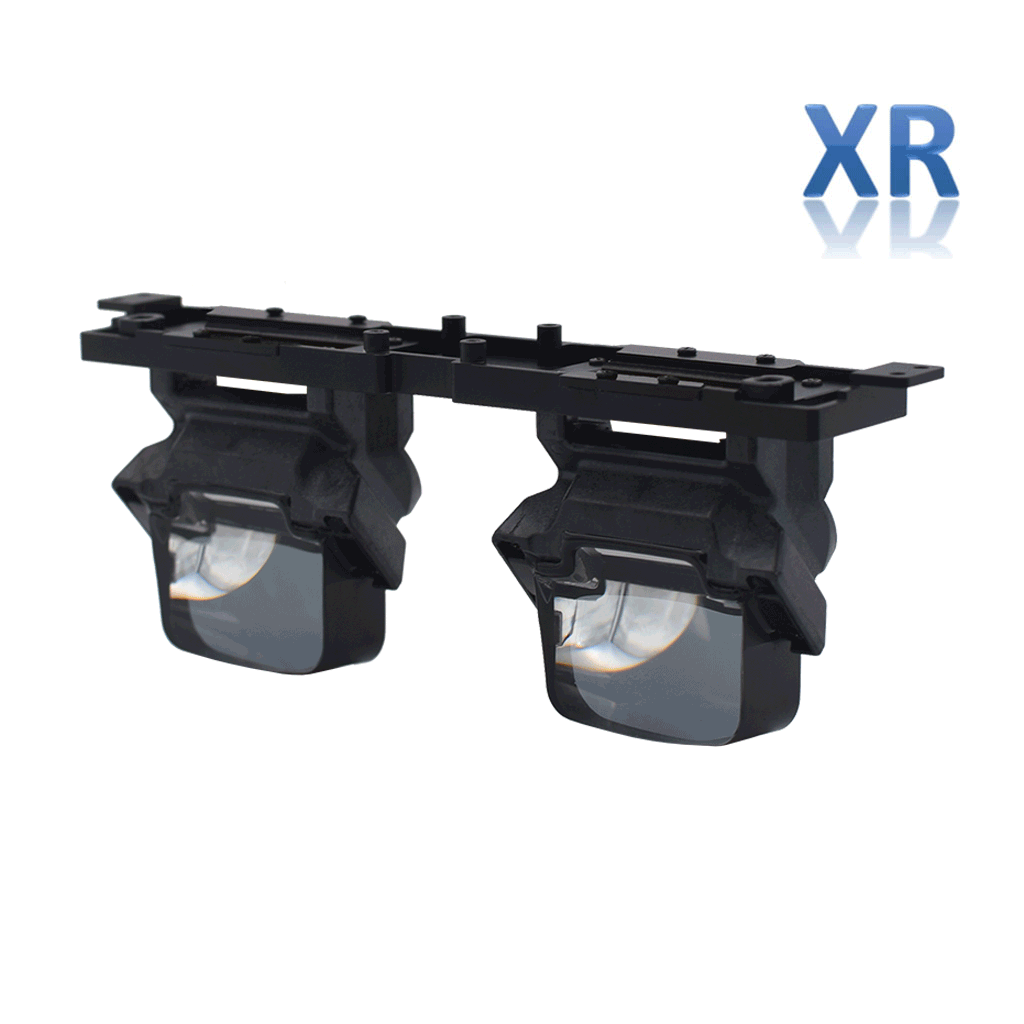Hi, last time we introduced the concept of Field of View, Exit Pupil, Eye Relief.
(If you're interested, check it out here. What is Field of View, Exit Pupil, Eye Relief?)
Today we are going to talk about Contrast, Uniformity and Color Quality, Chromatic aberration. Let's take a look.
Contrast
Contrast is the ratio between the brightest and darkest areas of an image. Ratio is bigger, from black to white gradient administrative levels are more, thereby colour expression is richer.
Simply speaking contrast describes a display’s ability to produce brighter and darker pixels simultaneously.
It can e.g. be defined as

Through this formula, we can find that as the gap between the brightest and darkest increases, the contrast increases.
So the effect of contrast on visual effects is critical. Generally speaking, the higher the contrast, the clearer and more eye-catching the image is, and the brighter the color is. And low contrast, will make the whole picture gray. High contrast is of great help to the sharpness, detail and gray level of the image.The higher the contrast, the better the image effect will be, the more saturated the color will be, on the contrary, the lower the contrast, the picture will appear fuzzy, the color is not bright.
Uniformity and Color Quality
Color quality defines how accurately a display is able to reproduce colors.
Due to the transmittance of AR display screen, the content presented on the screen will be affected by the superposition of the real environment, so the colors perceived by human eyes will be different in different environmental backgrounds.
For AR displays, color quality can vary depending on the location of the display. This situation is usually related to the position of the user's pupil, so eye movement technology is needed to solve it.
Uniformity is referring to the projector image the brightest and darkest part of the difference value.
Generally speaking, the brightest part of the projector is the central part of the picture, and the darkest part is the edge of the picture. Therefore, the higher the uniformity is, the higher the consistency from the center to the edge of the picture will be, and the lower the uniformity is, the more serious the different brightness of the picture will be.
On a perfect display every pixel rendered with the same RGB value would look identical. In practice, brightness, contrast, color, and other properties vary depending on where they are on the display and the Angle at which you view the pixels.

Figure: Color issues on a diffractive waveguide
Instead of a uniform white or gray hue, you can see the various shades of the monitor from the image above. The brightness at the bottom is obviously uneven.
Chromatic aberration
Chromatic aberration is the inability of an optical lens to focus all wavelengths of colored light at the same point. It occurs because lenses have different refractive indices (dispersion) for different wavelengths of colored light. The refractive index of most transparent materials decreases with increasing wavelength.
Simply put, chromatic aberration is the phenomenon of color difference.
It occurs in the case of polychromatic light as the source, monochromatic light does not produce chromatic aberration. Chromatic aberration manifests itself as "fringes" of color along boundaries that separate dark and bright parts of the image. This is because the focal length of the lens is related to the refractive index, and each color in the spectrum cannot all focus on the same point on the optical axis.

Figure:The left image has chromatic aberration and the right image is the result of digital correction
Some chromatic aberration can be calibrated by software, while others are difficult or impossible to correct (such as view-based chromatic aberration). Therefore, the best approach is to reduce the chromatic aberration as much as possible by optical means, rather than by digital means.
The main function of optical system is achromatic. Let's take a look at how it can reduce the chromatic aberration.

Figure:The left picture is the cause of chromatic aberration, the right picture is the application of reducing chromatic aberration
As can be seen from the figure above, the chromatic aberration of a single lens causes different wavelengths of light to have different focal lengths(On the left). For an achromatic doublet, visible wavelengths have approximately the same focal length(On the right).
Read more

FOV, e.g., 7.5° in 8x42 binoculars, denotes view width; exit pupil (42mm objective/8x mag=5.25mm) affects brightness; eye relief, 15-20mm (critical for glasses wearers), is lens-eye distance to avo...

This is a 3D model example of AR glasses. You can download the examples in the Development Center of DM-DevKit-AR0701.



Leave a comment
This site is protected by hCaptcha and the hCaptcha Privacy Policy and Terms of Service apply.